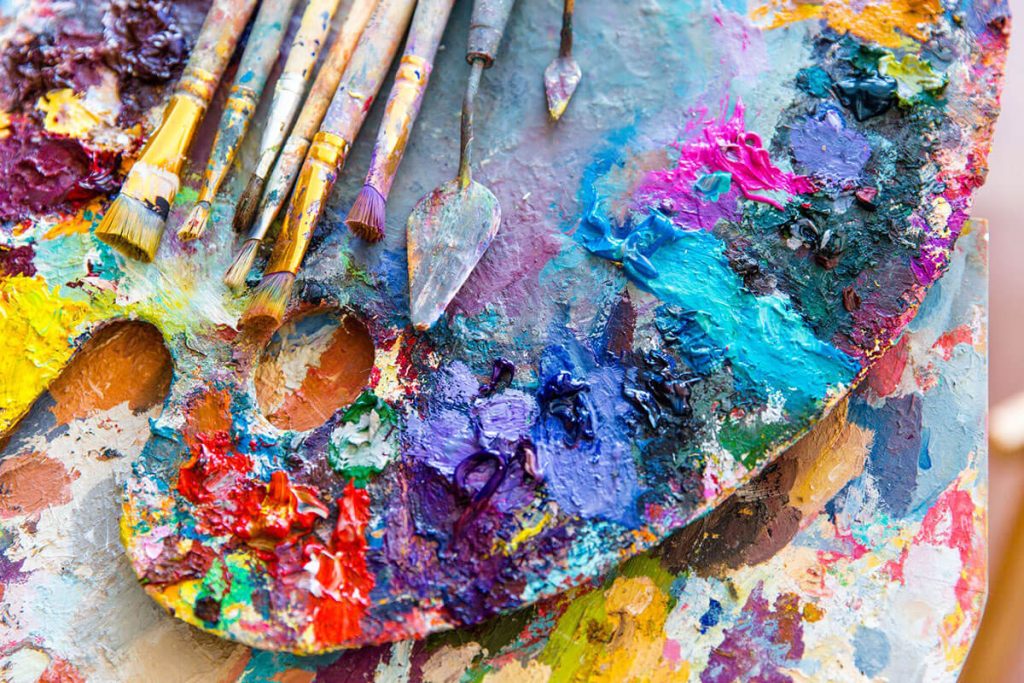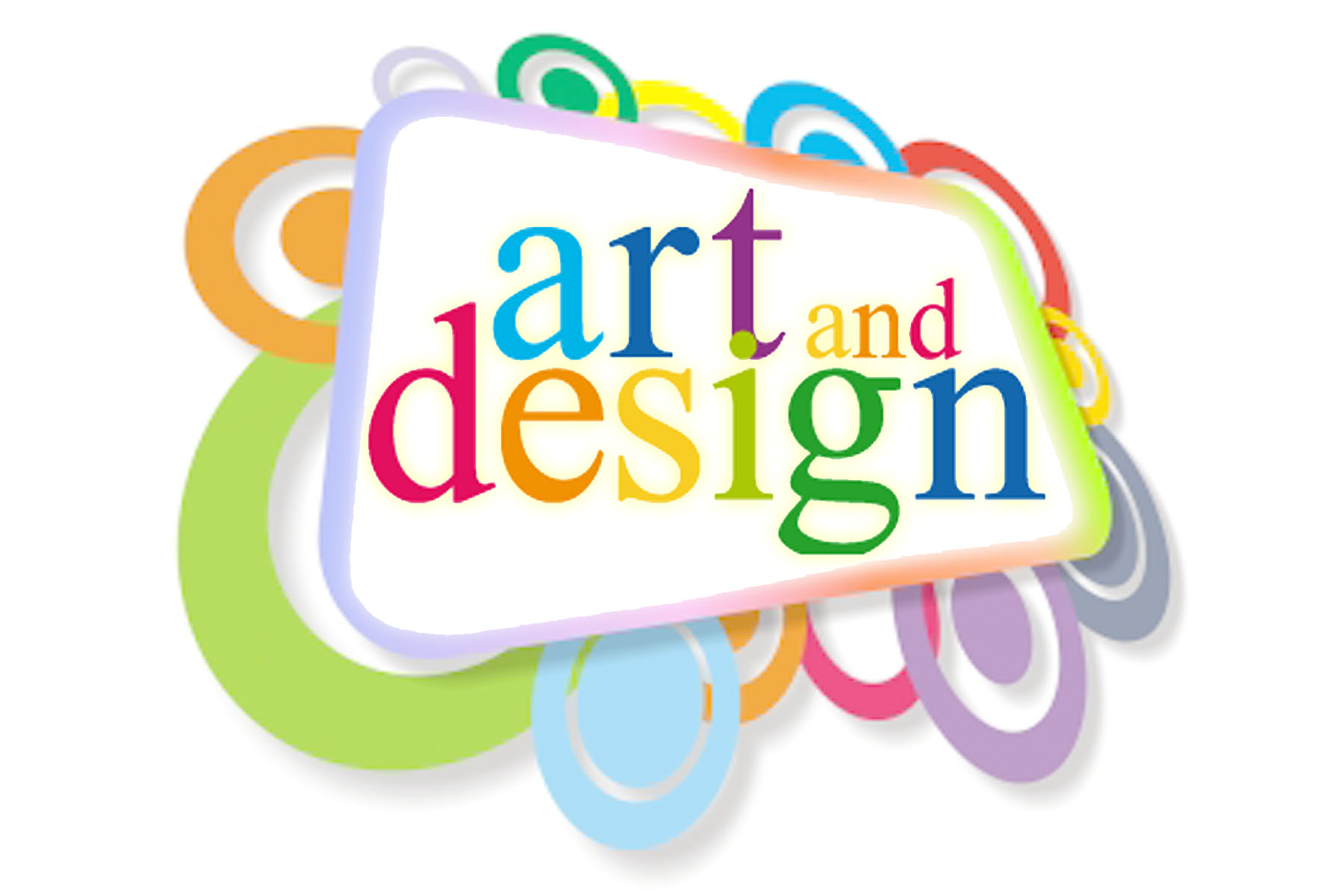Introduction
In the realm of creativity and innovation, Art & Design stand as pillars of expression and functionality. From the strokes of a brush to the lines of code, artistry, and design shape our world in profound ways. This guide delves into the intricacies of Art & Design, offering insights, inspiration, and practical knowledge for enthusiasts and professionals alike.
Exploring Art & Design
Understanding Artistic Styles
Artistic styles encompass a wide array of techniques, themes, and movements that define the visual arts. From the classical beauty of Renaissance art to the avant-garde experiments of contemporary artists, each style carries its own unique charm and significance.
Art movements like Impressionism, Cubism, and Surrealism revolutionized the way we perceive art, challenging conventions and sparking new forms of expression. Exploring these styles provides a window into the rich tapestry of human creativity.
Unveiling Design Principles
Design principles form the backbone of visual communication, guiding the creation of compelling graphics, products, and experiences. Whether it’s the balance of elements in graphic design or the usability of interface design, adhering to these principles ensures effectiveness and aesthetic appeal.
Elements such as color, typography, and layout play pivotal roles in design, influencing user perception and engagement. By mastering these principles, designers can craft impactful solutions that resonate with audiences.
Nurturing Creativity

Inspiration from Nature
Nature serves as an endless wellspring of inspiration for artists and designers. The organic forms, vibrant colors, and intricate patterns found in the natural world ignite the imagination and fuel creative exploration.
From the graceful curve of a flower petal to the rhythmic flow of a river, nature’s beauty is a timeless muse that sparks innovation and evokes emotion in artistic endeavors.
Harnessing Technology in Design
In the digital age, technology has become an indispensable tool for designers, offering limitless possibilities for creative expression. Software applications like Adobe Creative Suite and Autodesk enable designers to bring their ideas to life with precision and efficiency.
From 3D modeling and animation to digital painting and photo editing, technology empowers artists to push the boundaries of traditional mediums and explore new frontiers of creativity.
FAQs (Frequently Asked Questions)
How can I improve my drawing skills?
Practice is key to improving your drawing skills. Dedicate time each day to sketching and experimenting with different techniques. Study anatomy, perspective, and composition to develop a strong foundation.
What software do graphic designers use?
Graphic designers often use software like Adobe Photoshop, Illustrator, and InDesign for creating digital graphics and layouts. These tools offer a wide range of features and functionalities tailored to the needs of designers.
Is art subjective?
Yes, art is subjective, meaning its interpretation and value can vary from person to person. What one individual perceives as beautiful or meaningful may differ from another’s perspective, reflecting the diversity of human experience.
How can I find my artistic style?
Finding your artistic style is a journey of self-discovery and experimentation. Explore different mediums, subjects, and techniques to uncover what resonates with you personally. Allow yourself the freedom to create authentically without worrying about external expectations.
What are the essential principles of design?
The essential principles of design include balance, contrast, emphasis, rhythm, and unity. These principles guide the arrangement of visual elements to create harmonious and impactful compositions across various mediums.
How do I overcome creative block?
Creative block is a common challenge faced by artists and designers. To overcome it, try changing your environment, seeking inspiration from diverse sources, collaborating with others, and embracing failure as a natural part of the creative process.
Conclusion
Art & Design embody the essence of human ingenuity, serving as vehicles for self-expression, cultural reflection, and societal transformation. By embracing creativity and embracing the endless possibilities of artistic exploration, we enrich our lives and contribute to the tapestry of human experience.
Art & Design
Art & Design encompass a vast spectrum of disciplines, from traditional painting and sculpture to digital media and interactive installations. At their core, they share a common purpose: to inspire, provoke thought, and evoke emotion in viewers.

Eric Clark is a passionate writer and avid explorer of the written word. With a background in literature and a keen interest in technology, Eric brings a unique perspective to his writings. He enjoys delving into a variety of topics, from the latest advancements in artificial intelligence to timeless classics of literature. When he’s not lost in the world of words, you can find Eric hiking in the great outdoors or experimenting with new recipes in the kitchen. Follow along as he shares his insights, experiences, and discoveries on the blogosphere.

